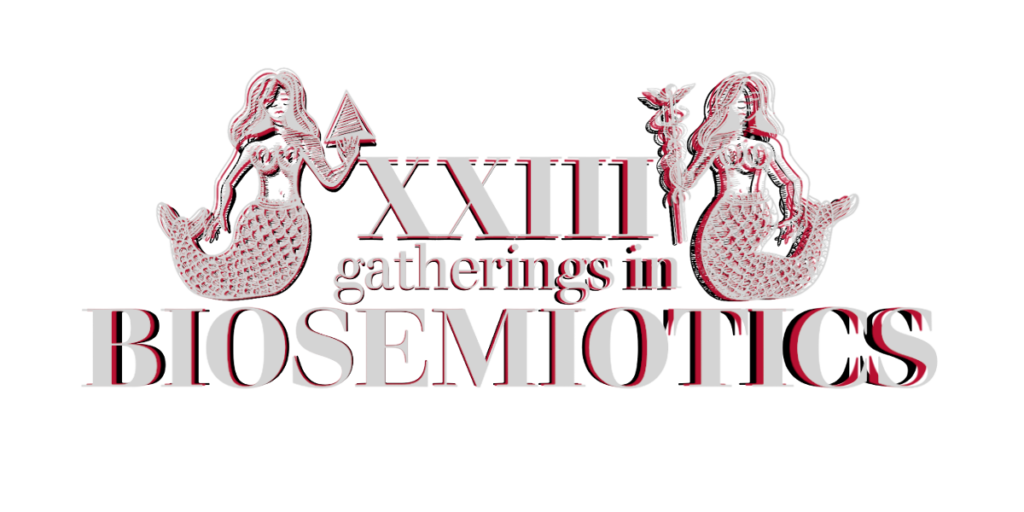Semiosic Agency: Self-regulated Habituation of Ever-novel Signs via Affective Field
Josh Bacigalupi
At the conclusion of our group’s presentation at last year’s gatherings, we received two questions that this presentation will address: one from Alexei Sharov on the nature of agency and another from Vinicius Romanini on the nature of virtuality. This presentation will endeavor to rigorously characterize agency via virtuality. This project’s approach to virtuality (Bacigalupi 2022) – a dynamically sustained potential in continuous exchange with actuality, or structure – will be further explicated via the self-regulation of the habituation of ever-novel signs, all of which necessarily entails a continuous and transfinite affective field.
Both Sharov (2021) and Romanini (2006) have written on the subjects of their respective questions. It is therefore a great opportunity to respond with some level of rigor. To do this, this presentation will start with the question of Semiosic Agency: what is it?
A possible answer will be organized into three main sections: the first section will frame the proposed model as a tension in the continuous exchange between virtual and actual dynamics; to continuously engage and resolve this tension, a physically grounded affective field will be proposed in the second section, which will explain how ever-novel signs can be habituated from this tension; the final section will demonstrate that, in addition to habituating novel signs, the system must self-regulate itself so as to avoid perennial “death-states” of over- and under-coherence. The ever-evolving state of this system coherence will be inhered within the affective field, which will serve as an index for semiosic viability. And self-regulation to maintain this viability involves two simultaneous, non-stochastic and non-algorithmic choices with respect to this index on coherence: either tendency – deciding to “stay the course” – or drive – deciding to change the operational course. It will be argued that it is these existential ever-present choices, and the afore-described dynamics manifesting them, that constitute veritable Semiosic Agency.
References
Bacigalupi, J. A. (2022). Semiogenesis: A Dynamic System Approach to Agency and Structure. Biosemiotics, 15(2), 261–284. https://doi.org/10.1007/s12304-022-09494-8
Romanini, V. (2006, January 1). Minute Semeiotic Speculations on the Grammar of Signs and Communication based on the work of C. S. Peirce.
Sharov, A., & Tønnessen, M. (2021). Semiotic Agency: Science beyond Mechanism (Vol. 25). Cham: Springer International Publishing. https://doi.org/10.1007/978-3-030-89484-9

